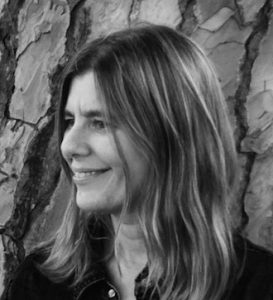(1) How can we find out how the brain works?
There is a continued need for computational frameworks that interplay with experimental design and analysis at multiple levels (e.g., neurons, circuits, cognition). I have been intrigued by how neural systems represent and learn about stimuli in the natural environment, resulting in complex inferences and behavior. My main focus has been building computational neural models that push towards a more principled understanding for natural stimuli such as visual scenes. With advances in machine learning and in understanding the statistics of natural stimuli, I believe there is potential for progress in designing and interpreting experiments with naturalistic environments and tasks.
(2) What will your talk at CCN 2017 be about?
I am giving a tutorial on computational neuroscience. This is a broad field, spanning many levels and computational tools. I’ll expect to give examples from my focus area of vision. I will emphasize aspects that I think cross the boundaries to artificial intelligence and cognitive science – such as normative (why) models of neurons learned from statistical properties of scenes or task goals. I will also talk about descriptive (what) neural models from high dimensional biological data, and make some links to mechanistic (how) models.
(3) How can cognitive science, computational neuroscience, and artificial intelligence best work together?
Through collaboration and interdisciplinary meetings such as CCN! I think that models and computational approaches developed across these three areas can enrich one another. In addition, models developed in artificial intelligence can facilitate new experiments in neuroscience and cognitive science, as we have seen in recent years with deep neural networks. As in computational neuroscience and cognitive science, experiments can highlight model failures and limitations, and directions for improvement.
(4) What current developments are you most excited about?
I am excited about advances in deep learning and combining these directions with models developed in computational neuroscience. I think there are also opportunities to utilize current developments in generating naturalistic stimuli across different layers of a hierarchy, for neuroscience and cognitive science.
(5) What do you hope to learn at CCN 2017?
New developments and interaction between these areas of computational neuroscience, cognitive science and artificial intelligence.
